Amazing Animals #18 The Peregrine Falcon
It’s been a while since I covered a Bird in this series so I feel it’s time for another one, the Bird I’ve chosen today is one of the most skilled and effective hunters on the planet, they are the fastest animal on Earth by a significant margin and are also one of the most widespread predatory animals, as they exist on all continents aside from Antarctica.
It is of course the Peregrine Falcon.
Appearance
They are not the largest Birds of Prey, though they do not need to be, on average they measure between 30 and 60 cm in length and boast a wingspan of 70 to 120 cm.
Like most Birds capable of flight, they are very light, males can weigh up to 1 Kg and females up to 1.5Kg, this is the only sexually dimorphic trait visible in their appearance, females on average will be up to 30% larger than their male counterparts though this figure can be as large as 50%.
There are 19 different subspecies of Peregrine Falcon though they all share fairly similar traits in appearance, their wings are long and pointed when matured and the feathers are usually a hue of blue/black/grey that fades to black at the wing tips, on the underside of the wings are a series of black/tan and grey bars that appear textured and rippled, the underside of their body is lighter in colouration and is often made up of a striking mixture of lights browns and whites that progressively fades to the same pattern and colouration observed on the underside of their wings.
Like all Birds of Prey, they possess a Raptor Beak, their Beak is designed for ripping and tearing chunks of flesh from their Prey, the upper section of the Beak is also notched at the tip and is known as a Tomial tooth, this adaptation allows the Peregrine to severe the spinal column of their prey when attacking the Neck, their Beak and claws which are used mainly for hunting are black whilst their Cere (flesh covering the upper beak) is a vivid yellow which is also replicated on their feet and the orbital ring around their eyes.
Diet and Behaviour
The diet of the Peregrine Falcon is extensive, they feed almost exclusively on other medium sized Birds such as Pigeons, Waterfowl and Songbirds, it is estimated that one fifth of all the bird species in the world are predated on by the Peregrine, this is largely due to the fact the Peregrine Falcons inhabit every continent on Earth apart from Antarctica, they have the largest range of diet of any predatory species on Earth.
Their preferred habitat is made up of open valleys, coastlines and mountain ranges, though they are becoming increasingly common in City landscapes, the most widespread and densely populated Bird on the planet is none other than the common Pigeon, they congregate in large numbers in near enough every large City on Earth, this offers the Peregrine Falcon a large food supply, when partnered with the towering Cityscape offering ideal vantage points to scope prey they are able to live comfortably within the hustle and bustle of the City.
Most of their hunting behaviour involves ambushing their prey from great heights using a hunting technique known as a diving stoop, the Peregrine Falcon flies to great heights and then adopts an aerodynamic body shape that allows them to plummet towards their prey at speeds exceeding 200 Mph.
Once they reach their prey they often try to strike the prey in the head with one claw, were the Peregrine to attack the prey head first at speed they could easily injure themselves, by attacking with their claw they minimise risk and in the event that they make contact the prey will be stunned, they then catch the prey and fly it to a safe location to eat, if the prey is large they may attempt to sever the spinal column before allowing the prey to fall down to the ground, in this scenario they will eat the fallen prey at the landing site.
Despite attacking from above and at great speeds, only 20% of all hunts are successful, which is one of the lowest strike rates of any Avian predator, to subsidise this the Peregrine Falcon is also capable of flying normally at speeds of up to 60 Mph for prolonged periods of time, this is often more than enough speed to catch slow flying prey such as Pigeons in a regular aerial hunting scenario.
Like most Birds, Peregrine Falcons are monogamous and will mate for life after they have partnered at the age of 2-3 upon reaching sexual maturity, their courtship is a visual spectacle that takes place in flight, a mixture of aerial acrobatics is often displayed and male will also pass on freshly gathered kills to the females to gain their love, in this process the female will actually fly upside down to allow the male to pass her his kill.
The pair do not spend the entire year together and instead will opt to return to the same nesting site annually, after they have strengthened their bond upon arrival to the site they will proceed to mate and on average will yield 2-4 Chicks.
Peregrine Falcons are highly defensive of their Chicks and nest sites, and even when the Chicks are well fed one parent will continue to circle high above the nesting site, if a predator attempts to encroach on the site the parent on guard duty will perform a stoop toward them, their instinct to protect is so strong that Peregrine Falcons have been observed killing predators as large as Bald Eagles and Golden Eagles to ensure the safety of their nest and Chicks.
By 6 weeks old the Peregrine Chicks are fully fledged and are to begin hunting on their own, at this point the parents normally stay within the area for another 2-3 weeks to ensure the Chick has fledged well, after which the parents will embark on their separate migratory journeys and will not see each other again until the next breeding season.
Built for Speed
My other half included a brief piece on the Peregrine Falcon in his last edition of Stand in Saturday, he explained that they are capable of reaching speeds faster than any other animal on the planet with a top speed of 242 Mph.
The reason that Peregrine Falcons can achieve such speeds is entirely due to their complex anatomy, everything about their body from its shape, musculoskeletal structure and internal organs is built for both efficiency and speed in flight.
The first key detail to go over is their body shape, to reach high speeds at altitude it is important for an animal or object to be aerodynamically efficient, the total surface area that is subjected to headwinds will increase drag as the surface area increases, which will then require more energy expenditure to overcome the drag force.
As an example, if you were to go outside with two 0.5x0.5 metre sheets of cardboard and run forward with one positioned vertically and the other horizontally, the one positioned vertically would offer greater air resistance as a larger surface area is exposed to the direction of motion, thus there will be a larger drag force.
The Peregrine Falcons wings and body are highly dynamic, during a dive they can position their wings which are made up of long, stiff and angular feathers in to a pointed V-shape that they tuck towards the back of their body, this effectively turns the Bird in to a dynamic Bullet.
As Bullets fly drag force causes them to drift, this is because the centre of the Bullet is constantly maintaining air pressure on its nose, to do so this will require the Bullet to turn in to the “wind” through which it is trying to pass through, the Peregrine Falcon is able to make minute adjustments in its body shape to maintain air pressure at a central point, therefore they do not drift when Stooping and are able to maintain course and speed for prolonged periods of time, if a Bullet were as dynamically adjustable as a Falcon near enough everyone on the planet would be an expert marksmen within a few hours of training.
Just being able to position themselves in to an aerodynamic shape is not enough for them to reach high speeds, they are not solid objects like a Bullet, and each part of their body will be experiencing forces that are trying to break the Birds shape, therefore they require a strong muscular core to overcome these forces.
The primary skeletal part of a Bird that enables flight is their Keel which is located at their Sternum, Peregrine Falcons have a very large Keel in comparison to their size which helps them immensely.
All the major muscles that are required for flight are attached to the Keel, as the Peregrines Keel is so large it allows for large quantities of dense muscle to attach to it which enables the Bird to have immense control over its flight, even at speeds exceeding 200 Mph.
So, they are capable of maintaining their aerodynamic body shape at high speeds, however flying at such high speeds has another issue, namely that it is difficult to maintain air pressure in the Lungs, Energy expenditure becomes a huge issue, and something as simple as keeping your eyes open can become impossible.
To maintain consistent air pressure at high speeds the Peregrine is equipped with two incredible adaptations, firstly they possess Tubercles in their nostrils, these redirect incoming air away from the Birds nostrils when flying at high speed, as such little air is forced down to the Lungs which allows the Bird to breathe normally, even at speeds of 240 Mph.
They can breathe normally during flight, but rapid decompression of the Lungs during exhalation would still have a catastrophic effect on the Birds ability to fly at such speeds, to overcome this issue the Peregrines Lungs are lined with numerous air sacs, these air sacs allow the Lungs to remain inflated even during exhalation, as such the Peregrine Falcons breathing is barely different at 240 Mph or 10 Mph.
To accommodate the vast energy expenditure required to fly at such speeds the Peregrine Falcon is equipped with an incredibly efficient Heart, its Heart is capable of beating between 600 and 900 beats per minute which allows the Birds blood to remain oxygenated for long durations of flight.
Now that we’ve established their ability to cope at high speeds we can focus on their sight, travelling blindly at 200 Mph helps no one apart from the prey, to maintain vision during high speed flight the Peregrine Falcons eyes are equipped with Nicitating membranes, or third Eyelids, this prevents the Birds eyes from drying out, removes debris and enables the Falcon to remain focussed on its prey throughout the dive.
Everything about their anatomy is built for speed and hunting prowess, they are truly marvels of evolution.
Amazing Facts
- Peregrine Falcons are protective of their Chicks even after they have fledged, this is odd for a Bird of Prey, it was observed that a newly fledged Peregrine was killed in flight by a large Snowy Owl, a Bird that they would normally avoid as they are significantly larger than themselves, the Snowy Owl was then killed by an observing parent.
- Baby Peregrine Falcons are known as Eyases and are born with bright white coats and disproportionately sized feet.
- Depending on the location Peregrine Falcons will often breed in the spring, as they exist globally this may be between February/March, or October/November, in equatorial areas they breed between June and December and it is unknown why they avoid breeding in temperate areas for the first six months of the year.
- The Peregrine Falcon has been used in Falconry for other 3000 years, they are one of the most prized Birds of Prey in the world namely for their hunting prowess as well as their loyalty and ease to train if provided with a consistent food supply.
- Peregrine Falcons have specially adapted feathers located on the midsection of their body, at high speeds the air pressure causes these feathers to pop up and form a cupped shape, these feathers work similarly to the flaps on aircraft that are used to control lift.
- They are a protected species and are one of the most highly adaptable animals on the planet, populations that were considered endangered just 40 years ago, are now considered to be of least concern, this is likely due to their consistent breeding patterns in partnership with their skilled ability to parent effectively, infant mortality can be as low as 10% in some areas.
- Peregrine Falcons are highly valued in Cities, as Pigeon populations have exploded so too has the amount of Pigeon faeces, their faeces is acidic and linked to the damage of historical sites and infrastructure, therefore the Peregrines taste for Pigeon is at least helping to keep Pigeon populations in check.
- Some Peregrines living in temperate locations prefer to stay within a small range all year round, individuals living in harsher environments are however required to migrate great distances, those who call the Arctic tundra home may fly as many as 15500 miles per year, one of the longest migrations of any animal on the planet.
Content Sources
If you Enjoyed this article feel free to check out some of my previous editions of Amazing animals.
- The Komodo Dragon
- The Great White Shark
- The Hyena
- The Harp Seal
- The Clown Fish
- The Greater Bird of Paradise
- The Reindeer

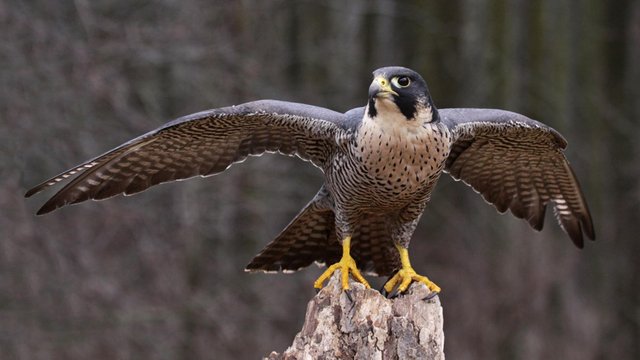
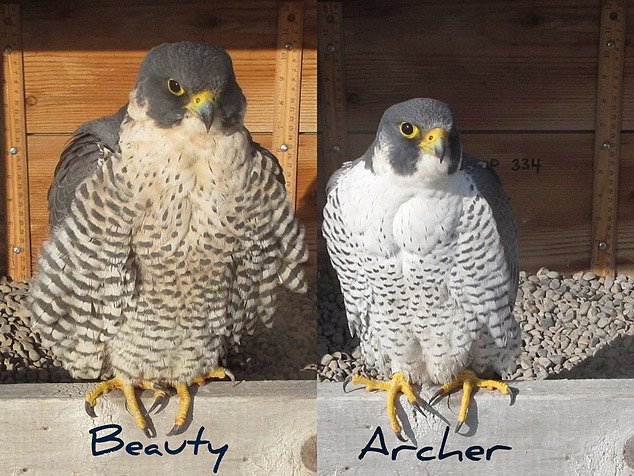
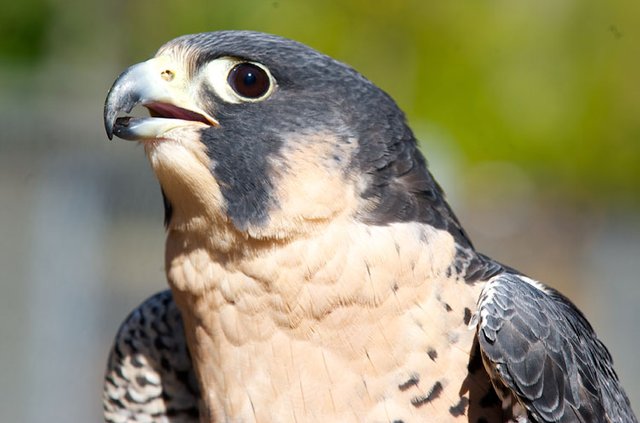
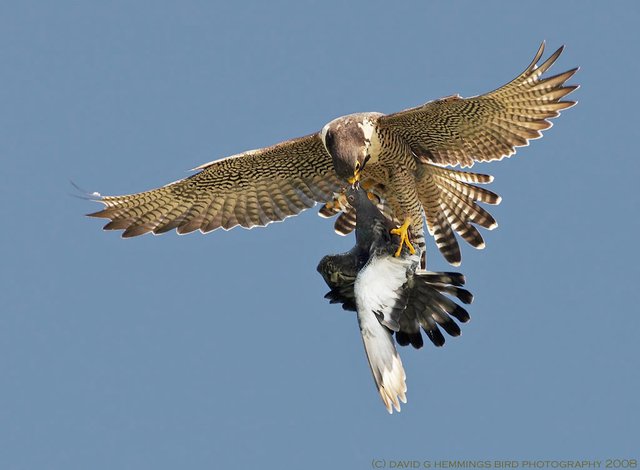
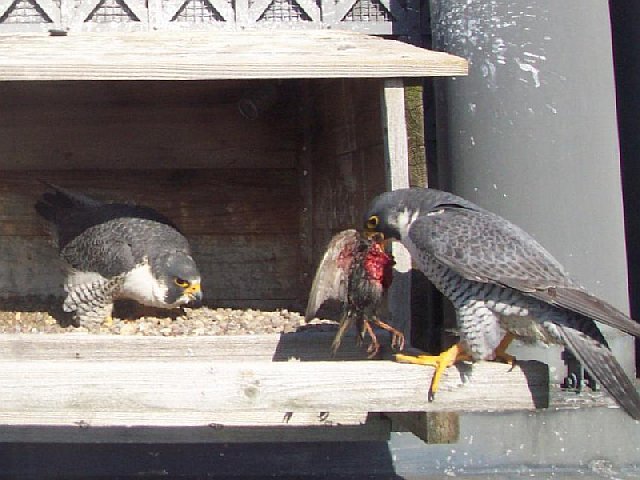
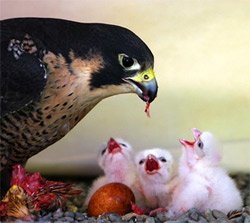
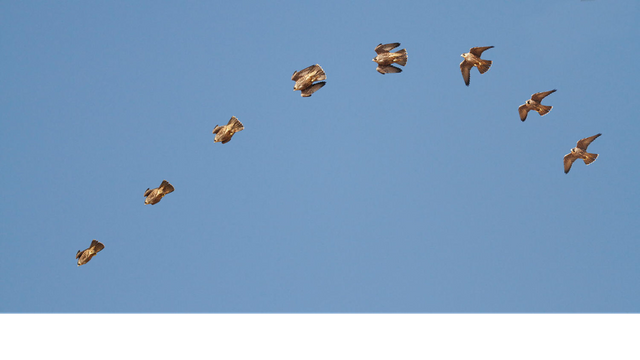
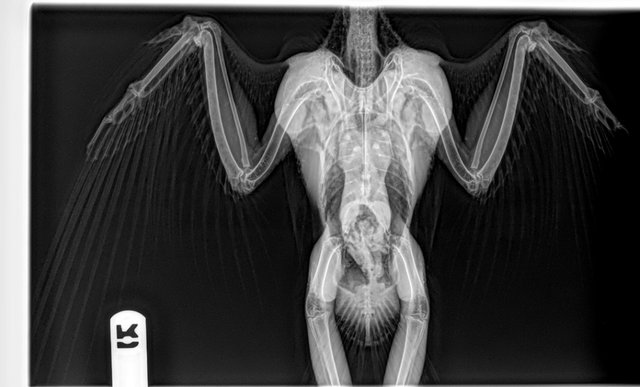
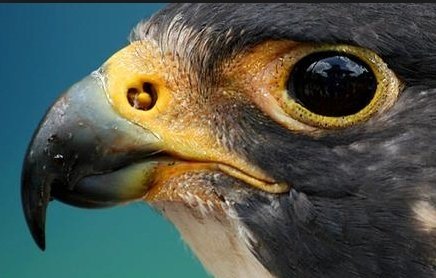
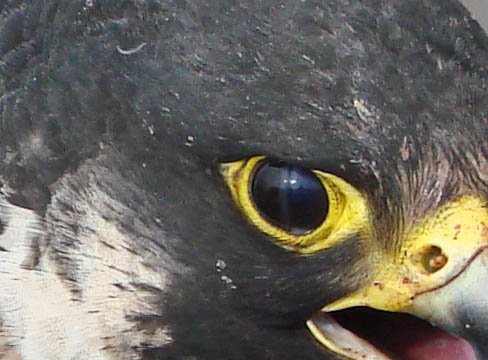
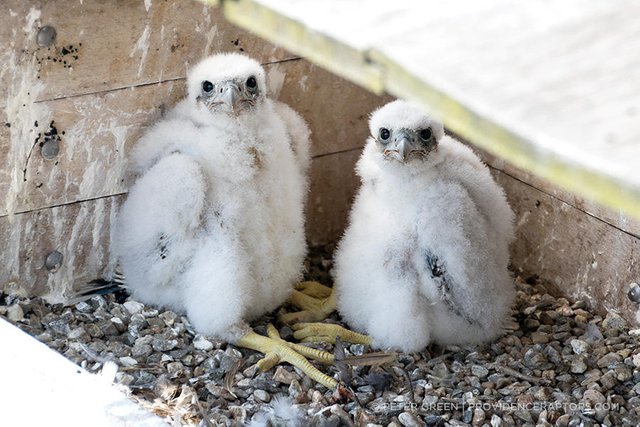
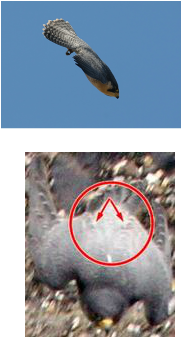
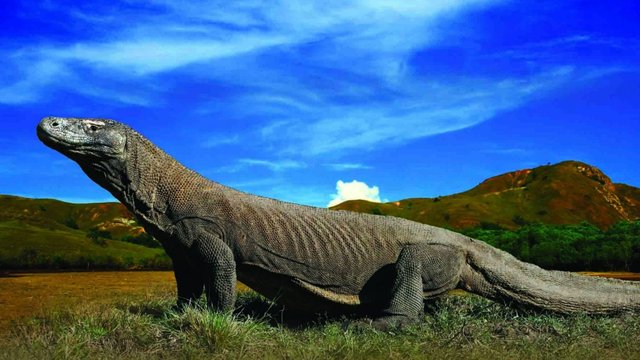
There is nothing beautiful than nature
Great article! Preregrine falcons are by far my favorite bird of prey. Ive only seen one in the wild and my wife and I will never forget it. Me because I saw a preregrine, my wife because i almost ran off the road trying to see it!
This was so much fun to read. When I was young National Geographic came to my grandparents farm, which was mountainous with cliffs and began a new population of peregrine falcons. They did mature and continue to call the cliffs home. They fed them quails. Very cool to read about them. 🐓🐓
That's awesome! Seeing them in the wild must be quite the sight, I'm yet to spot one yet myself despite there being over 1500 breeding pairs in the UK, i'm glad you enjoyed the post. :)
Wonderful photos and info ~ love all Birds of Prey
Tweeted your Post ! https://twitter.com/TabletWallpaper/status/955587721564688384
Thank you, glad you enjoyed it!
Yes, they are amazing, I often see Buzzards on my way too and from work, to spot small prey from the altitude they circle at is incredible.
Lovely photos and a very informative post. Ive never seen peregrine falcons before but we have some nesting in Norwich cathedral often and you can watch them on webcam.
Nice one, the Falcon is another great sky Lord. I haven't heard of the Peregrine Falcons before. This is why I love Steemit I learn everyday. There young are called Eyases and when they hatch the are white. Flight speed of speed of 242 Mph that is fast. Thanks for sharing
We share this world with so many incredible creatures that are worth learning about, I'm glad that you're enjoying the posts! :>

I love animals and this is one worth admiring. Thanks for such a good article.
They certainly are, i'm glad you enjoyed reading it. :)
That's awesome...
Amazing photos my friend. Nice post. I would like you to help me with your vote in my comment in this publication (@ ajrivas93): https://steemit.com/yoamoamimascota/@raizalorant/concurso-para-principiantes-yo-amo-a-mi-mascota
@originalworks
The @OriginalWorks bot has checked the text of this post and it appears original!
To call @OriginalWorks, simply reply to any post with @originalworks or !originalworks in your message!